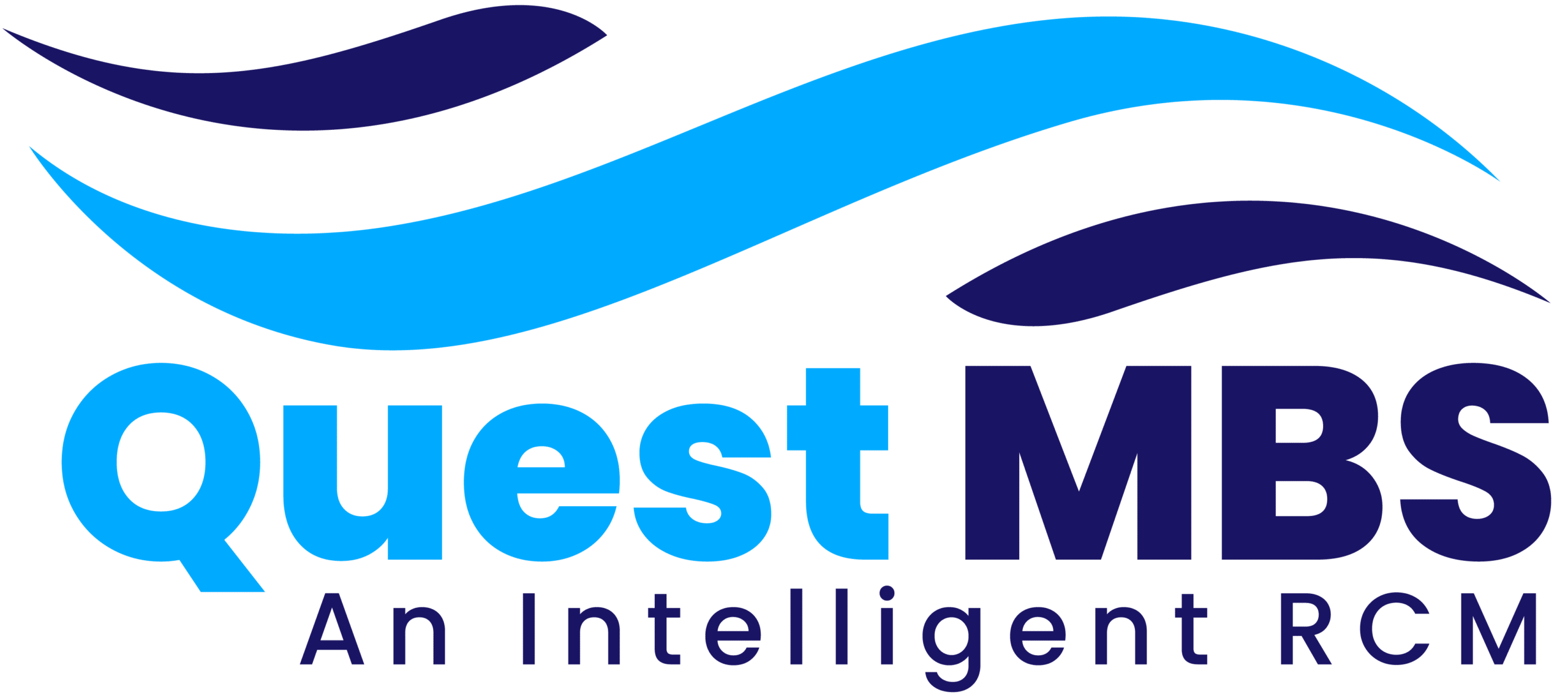Introduction: Why Medicare Billing Matters
Medicare is one of the largest health insurance programs in the United States, providing coverage for millions of seniors and individuals with disabilities. For healthcare providers, understanding how to navigate the Medicare billing process is crucial for ensuring proper reimbursement, compliance, and patient satisfaction. In the evolving landscape of healthcare administration, Medicare billing efficiency directly impacts revenue cycle performance.
Given its unique requirements and regulations, Medicare billing demands attention to detail, up-to-date knowledge, and the right technology to stay efficient and accurate.
Medicare Billing Overview and SEO Focus
This guide offers a comprehensive overview of the Medicare billing process—from patient eligibility and service documentation to coding, claim submission, and reimbursement tracking. With strategic processes and tools in place, providers can reduce denials, speed up payments, and improve their overall revenue cycle.
1. Confirming Patient Eligibility
Why Eligibility Verification Is Essential
Before billing Medicare, providers must verify patient eligibility. Advanced verification tools check Medicare coverage status, plan type (Part A, B, C, or D), and any secondary insurance. This step helps prevent billing errors and ensures services are covered under the patient’s benefits.
2. Understanding Medicare Coverage Types
Medicare Part A, B, C, and D Explained for Billing
Medicare is divided into several parts. Part A covers inpatient hospital care, skilled nursing facilities, and hospice. Part B includes outpatient services, diagnostics, and physician visits. Part C (Medicare Advantage) is managed by private insurers, while Part D handles prescription drug coverage. Billing procedures vary depending on which part is billed, making it essential for providers to know the correct format and payer.
3. Accurate Documentation and Coding
Improving Claim Accuracy with ICD-10, CPT, and HCPCS Codes
Proper documentation supports accurate coding—a cornerstone of Medicare billing. Tools that assist with ICD-10, CPT, and HCPCS coding reduce the chance of denials. Automation and intelligent code suggestions enhance efficiency while ensuring compliance with Medicare rules.
4. Clean Claim Submission Workflows
How to Increase First-Pass Claim Acceptance Rates
Submitting clean claims the first time is critical for minimizing delays and rework. Modern billing systems validate data, apply payer-specific rules, and flag missing information before submission. Claims that pass these checks are more likely to be approved on the first attempt.
5. Navigating Medicare Fee Schedules and Allowables
Optimizing Billing with Medicare’s Fee Structure
Understanding Medicare’s fee schedule is essential for accurate billing. These rates vary by procedure and geographic region. Billing platforms that integrate Medicare allowable rates can auto-calculate expected payments, reducing underbilling or overbilling risks.
6. Coordination of Benefits with Secondary Insurance
Handling Medicare Supplement and Secondary Payers
Many Medicare patients also carry supplemental or secondary insurance. Medicare billing systems must correctly manage coordination of benefits to ensure claims are routed to the correct payer in the right order. Automation tools help prioritize payers, reducing claim rejections.
7. Managing Modifiers and Medical Necessity
Ensuring Compliance with Modifier Usage and Justification
Medicare often requires modifiers to clarify services, especially for procedures that may not be covered under normal circumstances. Additionally, ensuring medical necessity through supporting documentation is vital. Software that alerts users to missing justifications or inappropriate codes enhances claim acceptance rates.
8. Advanced Denial Management Techniques
Reducing Medicare Claim Rejections with Automation
Medicare denials can stem from various issues: incorrect codes, missing information, or ineligible services. Modern denial management platforms use pattern recognition and automated workflows to resolve issues quickly. These systems also help in generating appeals and tracking denial trends.
9. Real-Time Claim Tracking and Analytics
Leveraging Data Insights for Billing Performance
To manage large volumes of Medicare claims, providers rely on real-time dashboards and analytics. These tools monitor key performance indicators such as clean claim rate, days in accounts receivable, and denial rate. Insights help identify bottlenecks and guide improvement strategies.
10. Streamlined Payment Posting
Automating ERA and Remittance Processing
Payment posting can be time-consuming, especially when dealing with Medicare’s remittance formats. AI-powered payment posting tools extract data from electronic remittance advice (ERA), automatically apply payments to patient accounts, and reconcile discrepancies.
11. Managing Patient Responsibility and Statements
Improving Patient Collections and Transparency
Medicare typically covers 80% of approved charges, leaving 20% as patient responsibility unless supplemental coverage is present. Billing tools that generate accurate patient statements, estimate costs upfront, and provide online payment options help practices collect balances efficiently.
12. Compliance with Medicare Regulations
Staying Audit-Ready with Automated Compliance Checks
Staying compliant with Medicare billing regulations is critical to avoiding audits and penalties. Automated compliance checks and rule-based alerts ensure providers follow the latest CMS guidelines. Billing software that adapts to regulatory changes protects against inadvertent violations.
13. EHR and Billing Software Integration
Enhancing Charge Capture with Seamless Data Flow
Integration between electronic health records and billing software streamlines charge capture and improves claim accuracy. When visit notes, diagnosis codes, and orders flow seamlessly into the billing system, the chance of manual errors drops significantly.
14. Credentialing and Provider Enrollment with Medicare
Avoiding Claim Rejections Due to Enrollment Issues
Before a provider can bill Medicare, they must be enrolled and credentialed. Technology platforms simplify the enrollment process by managing forms, renewals, and updates with CMS. Proper credentialing prevents claim rejections due to provider ineligibility.
15. Preparing for Medicare Audits
Maintaining Documentation for CMS Audit Readiness
CMS conducts audits to ensure compliance and detect overpayments. Providers must be audit-ready at all times. Systems that maintain proper documentation, track billed services, and store claims history in a secure, organized manner support audit preparedness.







